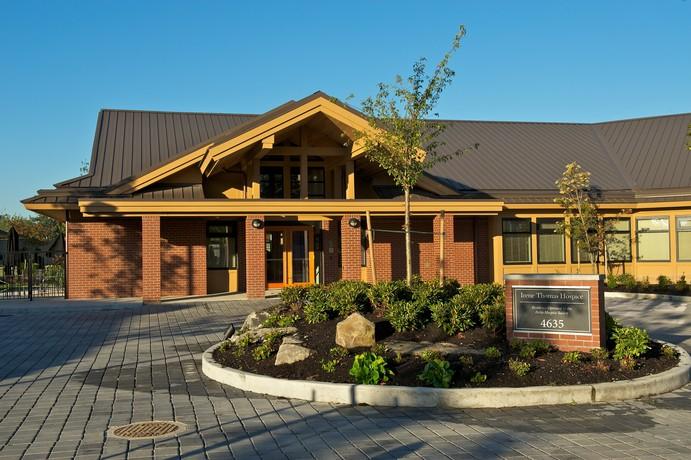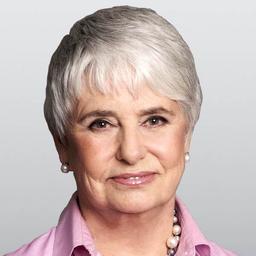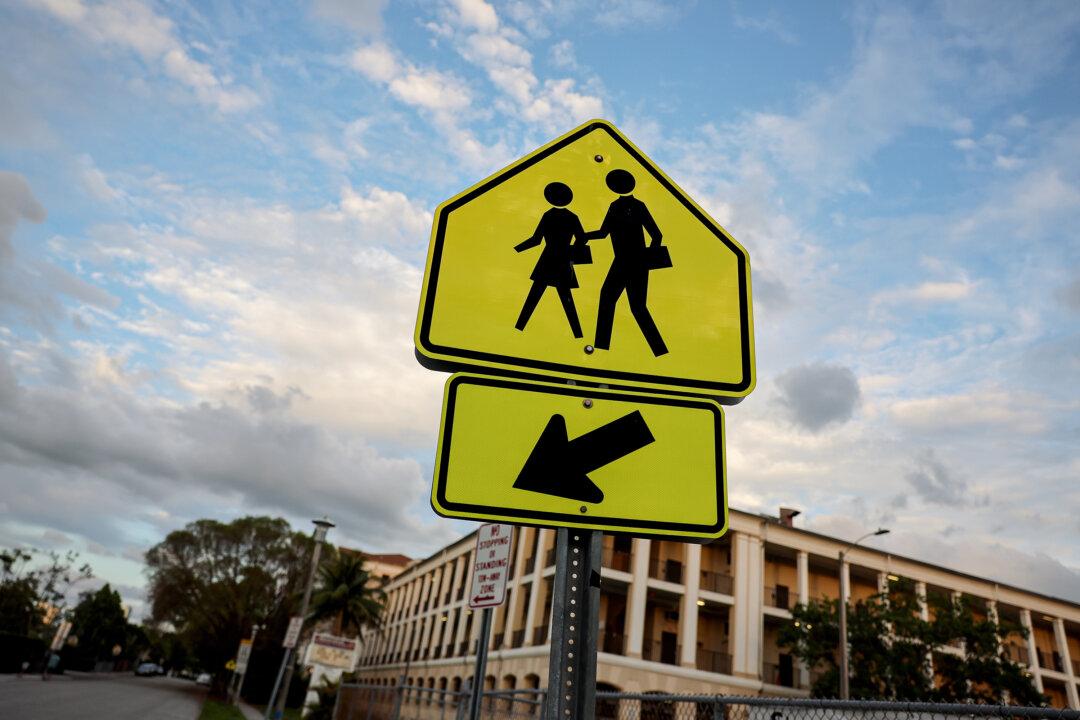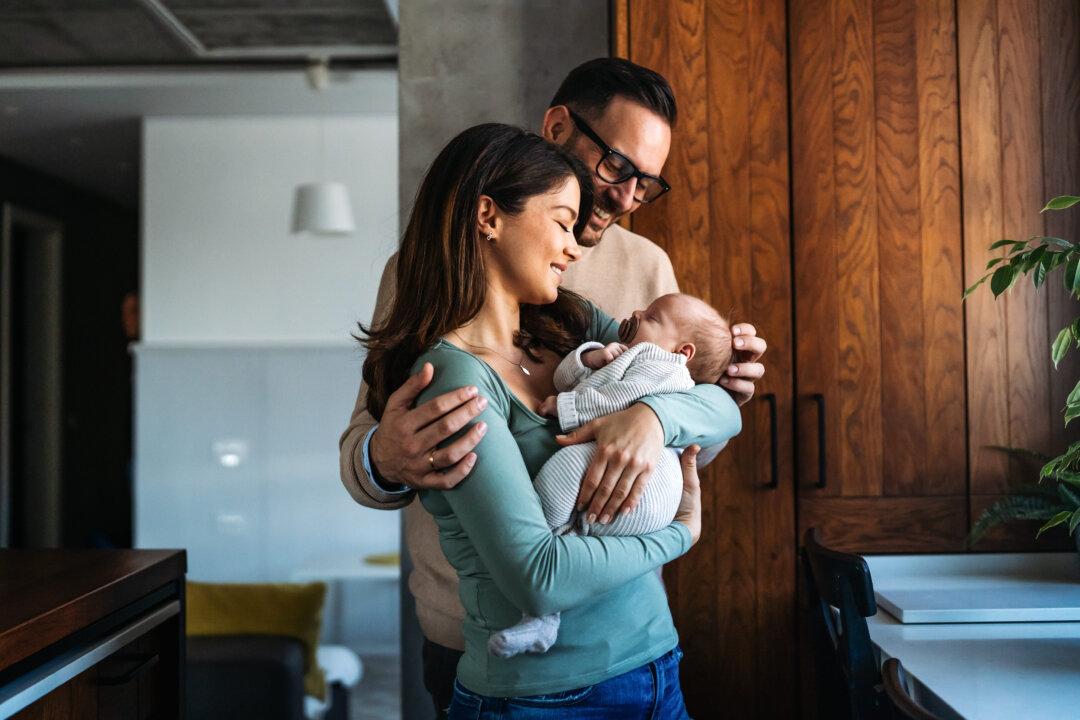Commentary
Misleading language is a friend to tyrants, for whom it works as a placebo against public unrest. In Russia, the charged words “war against Ukraine” are forbidden. Russians must use the more soothingly anodyne “special military operation.”





